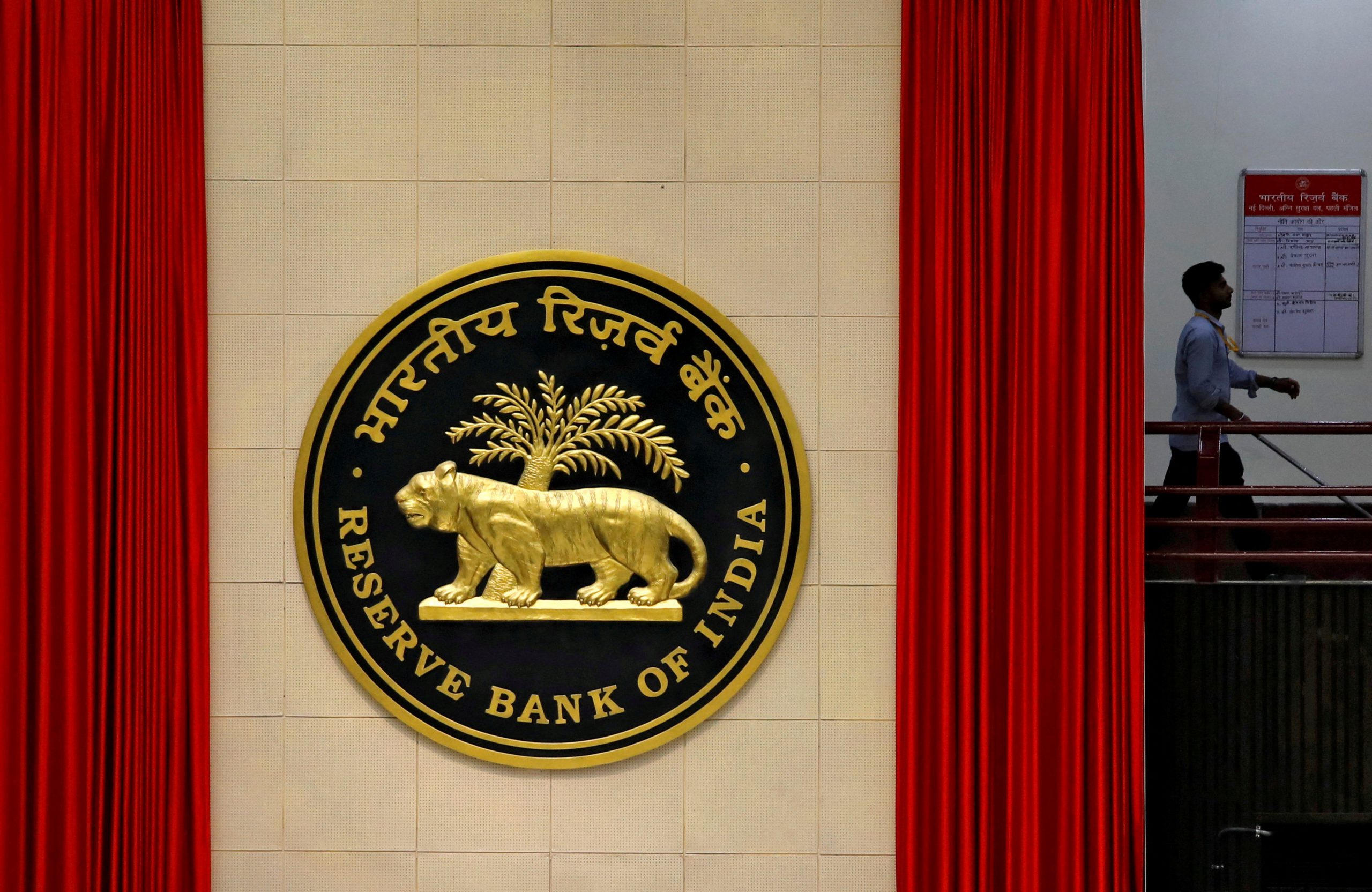RBI Resumes Government Bond Purchases After Six-Month Pause, Eases Pressure on Yields
Mumbai – The Reserve Bank of India has restarted purchasing government bonds after a six-month break, providing fresh liquidity to the financial system and helping stabilize borrowing costs during a period of tightening global conditions.
The move marks a notable shift in liquidity management, signaling the central bank’s intent to maintain orderly market conditions while supporting smoother functioning of the debt market.
The central bank bought a net 124.70 billion rupees worth of government securities in the week ending November 7, according to official data released on Friday, with the RBI actively bidding in three out of four reported trading sessions.
These purchases were executed through screen-based operations in the secondary market, where settlement occurs a day after the transaction, allowing liquidity to flow quickly into the banking system.
Market analysts had already been speculating about the RBI’s presence, after investment data indicated a large net inflow attributed to categories that typically include central bank transactions.
The confirmation aligns with earlier views that the central bank was stepping in to manage pressure in the bond market, where rising concerns about demand had pushed yields higher over recent weeks.
Signs of strain in the bond market became clear when the RBI cancelled an auction of a seven-year security on October 31, an unusual move that heightened expectations of intervention.
Following the renewed bond purchases, the benchmark 10-year yield eased by 2 basis points to 6.51%, offering relief to investors worried about tightening liquidity.
Treasury heads from major banks said the resumption of purchases fits with market expectations, especially since elevated figures in the “others” category had hinted at a single large buyer.
The renewed buying may continue through the coming weeks, and some economists anticipate the possibility of formal Open Market Operation auctions by December or January, depending on liquidity trends and government borrowing needs.
The RBI has historically used bond buying and selling as a tool to balance liquidity and ensure transmission of monetary policy. While these actions aim to align market rates with policy intent, they also influence investor confidence and overall stability in the debt market.
With demand conditions appearing fragile, the central bank’s intervention provides an additional cushion.
Earlier in the year, the RBI had conducted substantial screen-based purchases, acquiring more than 388 billion rupees in January before shifting into a large-scale OMO cycle.
Between late January and mid-May, the central bank bought around 4.84 trillion rupees through such auctions, reaffirming the role of active liquidity management in its broader strategy.
Some traders believe part of the recent activity relates to replacement buying, as the RBI held a significant amount of the 5.15% 2025 bond, which matured on November 7.
Officials noted that the impact of such replacement demand appears to be tapering, as indicated by declining numbers in the latter half of the week, suggesting that the immediate requirements linked to the maturity have now been largely completed.
With global yields volatile, domestic demand uneven, and banks managing tight liquidity conditions, the RBI’s renewed participation helps moderate fluctuations and keeps yields from rising too sharply.
The central bank’s actions are expected to remain flexible, adjusting to evolving market conditions while ensuring stable financing for government borrowing and smooth monetary transmission across the financial system.
($1 = 88.74 Indian rupees)



